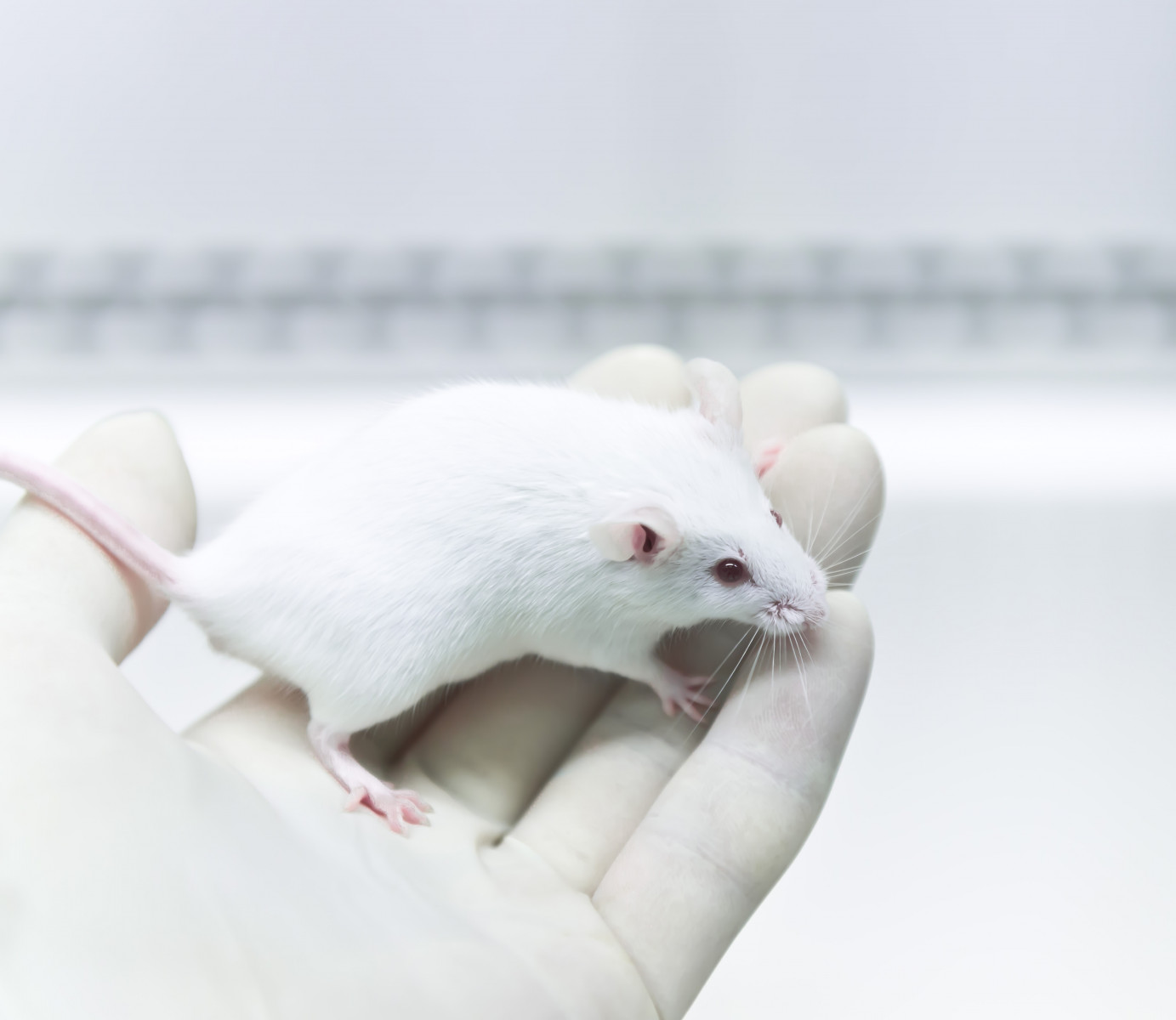CLN3 Deletion Affects Genes Responsible for Production of Type of Fat in Brain, Mouse Study Finds

A genetic deletion in the CLN3 gene impairs the normal function of genes involved in the production of a type of fat critical for nerve cell growth and survival in the brain, a mouse study has found.
The study, “Altered Expression of Ganglioside Metabolizing Enzymes Results in GM3 Ganglioside Accumulation in Cerebellar Cells of a Mouse Model of Juvenile Neuronal Ceroid Lipofuscinosis,” was published in the International Journal of Molecular Sciences.
Neuronal ceroid lipofuscinoses (NCLs), also known as Batten disease, comprise a group of five heritable diseases that affect the nervous system. These conditions are caused by an accumulation of insoluble waste deposits called lipofuscins inside cells from several tissues, including the eye, brain, skin, and muscle.
Juvenile Batten disease, also known as CLN3 disease or juvenile neuronal ceroid lipofuscinosis (JNCL), is the most common type of NCL. Usually children affected by the condition start showing their first symptoms between the ages of 5 and 8. As the disease worsens, children gradually start to lose their ability to move and communicate, and many end up developing dementia.
JNCL is caused by a mutation in the CLN3 gene, which provides instructions to make a lysosomal protein called battenin, whose function is still poorly understood.
Most patients with JNCL carry a large deletion (a type of mutation in which a portion of the gene’s DNA sequence is lost) removing exons 7 and 8 from the CLN3 gene, leading to the production of a shorter CLN3 protein. Exons are the coding sequence within genes that provide instructions to make proteins.
Gangliosides are a subgroup of glycosphingolipids (or GSLs, a type of lipids or fatty molecules) that are relatively abundant in the brain and crucial for its development and maintenance. A specific subtype of gangliosides, called a-series gangliosides, are particularly important for neuron growth and survival.
However, when gangliosides fail to be degraded and start accumulating in the brain, they can trigger gangliosidoses — severe neurodegenerative disorders directly caused by genetic mutations that prevent normal degradation of gangliosides (e.g., Tay-Sachs and Sandhoff diseases).
Previous studies have shown that in different types of NCLs, including JNCL, gangliosides — or their precursors — also tend to accumulate in the brain.
In this study, researchers took advantage of a special mouse model of JNCL harboring the same large genetic deletion frequently found in human patients to evaluate the consequences of CLN3 deletion on the levels of several a-series gangliosides (GM3, GM2, GM1a, and GD1a).
Biochemical and cytochemical analysis revealed that the levels of GM1a and GD1a were significantly decreased in cerebellar precursor cells (precursors of neurons from the cerebellum) isolated from these mice.
However, further quantitative analysis also showed a significant increase in the levels of GM3, suggesting a blockade in the metabolic cascade involved in the conversion of GM3 to more complex gangliosides.
To further explore this hypothesis, investigators used a technique called quantitative real-time PCR to measure the transcription levels of genes encoding different enzymes involved in this conversion. Transcription is the process by which DNA is converted into RNA (before being converted into a protein).
The team found a significant reduction in the levels of GM2 synthase, the enzyme responsible for converting GM3 into GM2.
“These data point to aberrations in the transcriptional regulation of … genes [responsible for ganglioside production] as a potential cause for the altered ganglioside amounts. Since GM3 ganglioside accumulation is per se pathogenic [disease-causing] and may contribute to JNCL pathogenesis [symptoms], it might be possible to revert the GM3 accumulation by affecting the transcription of the genes involved in the regulation of its synthesis, especially GM2 synthase,” the researchers wrote.






